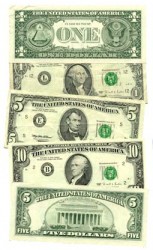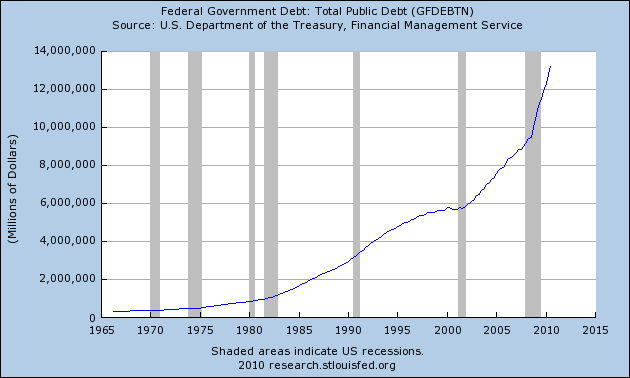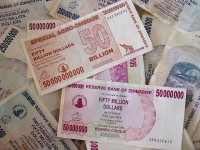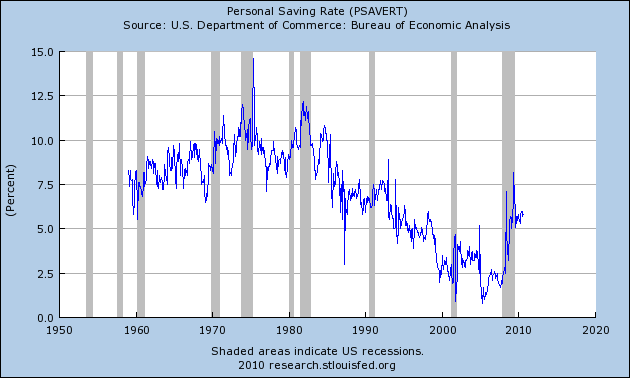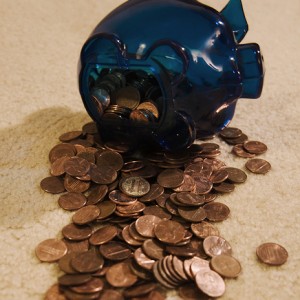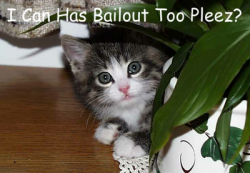 Has the Federal Reserve become the Central Bank of the World? That is what some members of Congress are asking after the Federal Reserve revealed the details of 21,000 transactions stretching from December 2007 to July 2010 that totaled more than $3 trillion on Wednesday. Most of these transactions involved giant loans that were nearly interest-free from the Federal Reserve to some of the largest banks, financial institutions and corporations all over the world. In fact, it turns out that foreign banks and foreign corporations received a very large share of these bailouts. So has the Federal Reserve now become a completely unaccountable global bailout machine? Sadly, the truth is that we would have never learned the details of these bailouts if Congress had not forced this information out of the Fed. So what other kinds of jaw-dropping details would be revealed by a full audit of the Federal Reserve?
Has the Federal Reserve become the Central Bank of the World? That is what some members of Congress are asking after the Federal Reserve revealed the details of 21,000 transactions stretching from December 2007 to July 2010 that totaled more than $3 trillion on Wednesday. Most of these transactions involved giant loans that were nearly interest-free from the Federal Reserve to some of the largest banks, financial institutions and corporations all over the world. In fact, it turns out that foreign banks and foreign corporations received a very large share of these bailouts. So has the Federal Reserve now become a completely unaccountable global bailout machine? Sadly, the truth is that we would have never learned the details of these bailouts if Congress had not forced this information out of the Fed. So what other kinds of jaw-dropping details would be revealed by a full audit of the Federal Reserve?
It is important to try to understand exactly what went on here. Banks and corporations from all over the globe were allowed to borrow gigantic piles of money essentially for free. Yes, when you are getting interest rates such as 0.25 percent, the money is essentially free. These loans were not available to everyone. You or I could not have run over to the Federal Reserve and walked away with tens of billions of dollars in loans that were nearly interest-free. Rather, it was only the megabanks and megacorporations that are friendly with the Federal Reserve that were able to take advantage of these bailouts.
In this way, the Federal Reserve is now essentially acting like some kind of financial god. They decide who survives and who fails. Dozens and dozens and dozens of small to mid-size U.S. banks are failing, but the Federal Reserve does not seem to have much compassion for them. It is only when the “too big to fail” establishment banks are in trouble that the Federal Reserve starts handing out gigantic sacks of nearly interest-free cash.
Just think about it. Which financial institution do you think is in a better competitive position – one that must survive on its own, or one that has a “safety net” of nearly unlimited free loans from the Federal Reserve?
Now that is oversimplifying the situation, certainly, but the truth is that the Federal Reserve had fundamentally altered the financial marketplace and is significantly influencing who wins and who loses.
But even more disturbing is what the Federal Reserve is turning into. This is an institution that is “independent” of the U.S. government, that does not answer to the American people, that controls our money supply and that is just tossing tens of billions of dollars to foreign banks and to foreign corporations whenever it wants to.
In fact, if Congress had not forced the Fed to tell us what was going on with these bailouts we would have never even found out.
The truth is that the Fed is taking incredible risks with “our money” and yet they want to continue to exist in a cloak of almost total secrecy.
In a recent article in the Washington Post, Dallas Federal Reserve President Richard Fisher acknowledged that the Federal Reserve played fast and loose with trillions of dollars of our money….
“We took an enormous amount of risk with the people’s money.”
Are you deeply disturbed by that quote?
Well, if not, you should be.
The American people became so infuriated about the bailouts and stimulus packages passed by Congress, but it turns out that they were nothing compared to these Federal Reserve bailouts.
U.S. Senator Bernie Sanders is one of the members of Congress that is now expressing extreme outrage about what the Federal Reserve has done….
“The $700 billion Wall Street bailout turned out to be pocket change compared to trillions and trillions of dollars in near zero interest loans and other financial arrangements that the Federal Reserve doled out to every major financial institution.”
In fact, Senator Sanders was so disgusted by how much of the money went overseas that he was led to make the following remark….
“Has the Federal Reserve become the central bank of the world? I think that is a question that needs to be examined.”
Advocates for the Federal Reserve insist that if all of these foreign banks and foreign corporations were not bailed out the financial crisis would have been much worse. In fact, they say we should be thankful that the Federal Reserve prevented a total financial collapse.
Well boo-hoo!
If our financial institutions are so fragile that a stiff wind will knock half of them over maybe they need to just fail.
You know what, life is tough. Nobody is going to cry most of us a river of tears if we lose our jobs. Most of us have learned to scratch and claw to survive with no safety net underneath us.
So maybe it is time for these big financial institutions to start playing by the same rules the rest of us are playing by.
No, when these “too big to fail” financial institutions get into a little trouble they start whining like a bunch of little babies.
“Give us some big sacks of cash!”
“Waaaaaaah!”
Well guess what? Most of the rest of us are just not going to have too much sympathy for these big banks from now on.
The following is a list of just a few of the banks, financial institutions and global corporations that received nearly interest-free loans from the Federal Reserve during the financial crisis…..
Big U.S. Banks And Financial Institutions
Goldman Sachs
Citibank
JP Morgan Chase
Morgan Stanley
Merrill Lynch
Bank of America
Bear Stearns
Pacific Investment Management Co. (PIMCO)
Big Global Corporations
General Electric
Caterpillar
Harley-Davidson
Verizon
McDonald’s
BMW
Toyota
Canadian Banks
Royal Bank of Canada
Toronto-Dominion Bank
Scotiabank
European And Asian Banks
Barclays Capital
Bank of Scotland
Deutsche Bank
Credit Suisse
BNP Paribas
Societe Generale
UBS
Dexia
Bayerische Landesbank
Dresdner Bank
Commerzbank
The Korean Development Bank (South Korea)
But those defending the Federal Reserve will insist that the financial world as we know it would have ended if the Fed had done nothing.
That may well be true.
The entire financial system might have gone down in flames.
But that just proves the main point that this column has been trying to make for months.
An economic collapse is coming.
The Federal Reserve can desperately try to keep all of the balls in the air for as long as it can, but eventually it is inevitable that this entire thing is going to come crashing down.
The fact that the Federal Reserve had to resort to such extreme measures to “save” the financial system just shows how desperate things really are.
We really have reached a “tipping point” for the world financial system. There is going to be crisis after crisis after crisis and even bigger bailouts are going to be required in the future.
The world financial system is a house of cards built on a foundation of sand. The Federal Reserve can keep throwing around gigantic sacks of “our money” as much as it wants, but in the end there is nothing that can be done to prevent the inevitable collapse that is coming.
